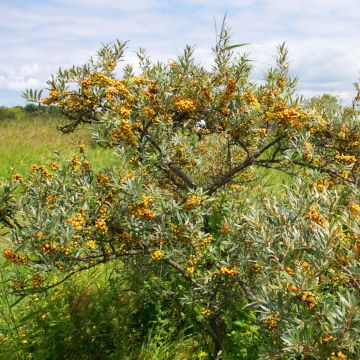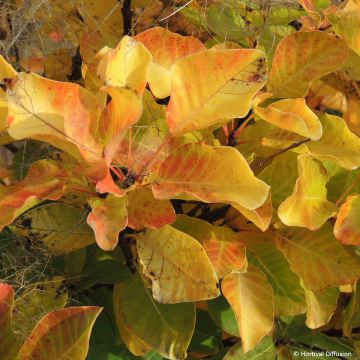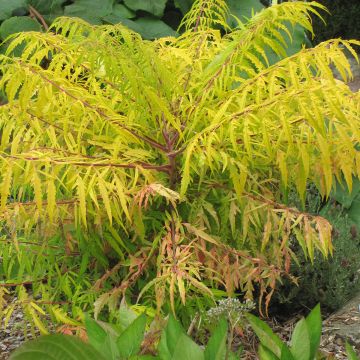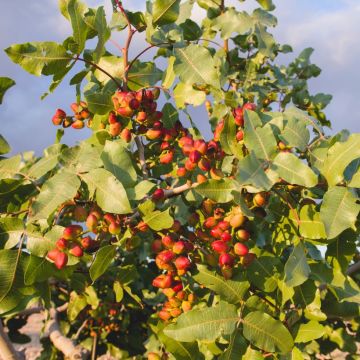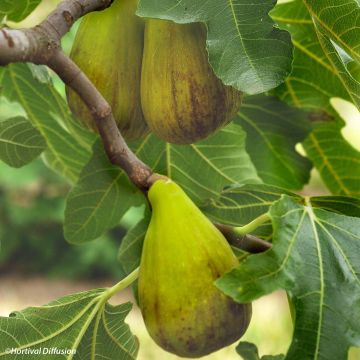

Sassafras albidum
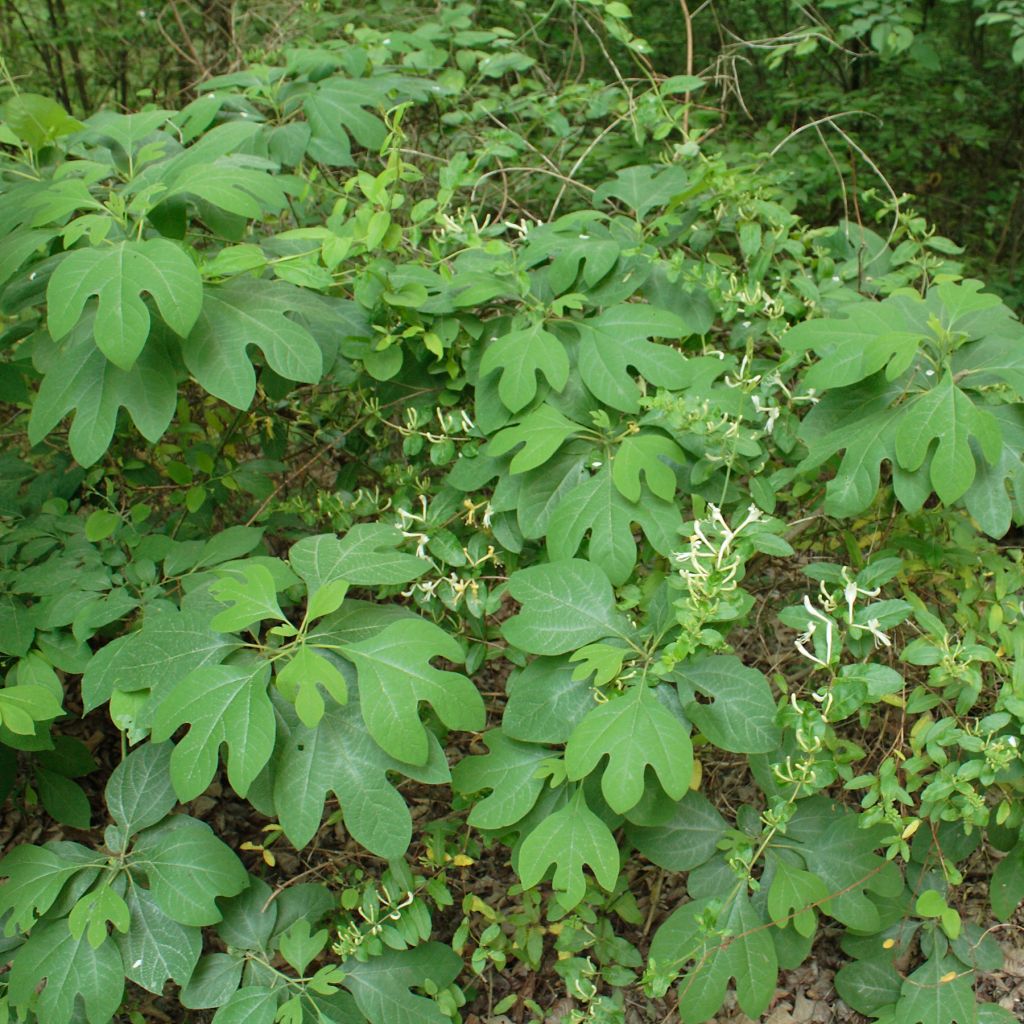

Sassafras albidum


Sassafras albidum
Sassafras albidum
Sassafras albidum
Sassafras, White Sassafras, Red Sassafras, Silky Sassafras, Ague Tree
Quite disappointed. The order is confirmed, but after contacting them, it turns out that the item is no longer available. Order cancelled. Revision: Quite disappointed. The order has been confirmed, but upon contacting them, it turns out that the item is no longer available. Order cancelled.
Eric, 22/12/2023
Why not try an alternative variety in stock?
View all →This plant carries a 24 months recovery warranty
More information
We guarantee the quality of our plants for a full growing cycle, and will replace at our expense any plant that fails to recover under normal climatic and planting conditions.
From €5.90 for pickup delivery and €6.90 for home delivery
Express home delivery from €8.90.
From €5.90 for pickup delivery and €6.90 for home delivery
Express home delivery from €8.90.
Delivery to Corse prohibited: UE law prohibits the import of this plant from mainland France to Corse as part of the fight against Xylella fastidiosa. Please accept our sincere apologies.
More information
Does this plant fit my garden?
Set up your Plantfit profile →
Description
Sassafras albidum, also known as the Iroquois Laurel, is a stunning deciduous North American bush that is magnificent in autumn with its beautifully coloured foliage. Its spring flowering is insignificant, with pale yellow-green flowers that are apetalous. Its cracked bark and shiny green leaves are very aromatic and have a spicy fragrance. Forming a tree in its native regions, this bush, with its spreading habit, shows rapid growth and a slight tendency to sucker in our climates. It should be planted in a non-calcareous, deep, and moist soil, in a sunny location.
Sassafras albidum, also called Common Sassafras or 'White Sassafras' across the Atlantic, is a beautiful deciduous tree of the laurel family that reaches a respectable size of 15 to 20m (49ft - 65ft) in height and develops a trunk with a diameter of 60cm (23.6in) in its native range, which is the forests of the eastern coast of the United States. In our climates, it behaves more like a large bush with a spreading habit, reaching a height of 10m (33ft) and a spread of 5m (16ft). It has a rapid growth rate, growing up to 1.20m (4ft) per year from planting and reaching a height of 4.50m (14 -15ft) in 4 years.
The crown is made up of fine branches grouped in clusters, with yellow and mucilaginous bark when young. They bear buds in spring that unfold into oval or obovate leaves, entire or more or less lobed, with all three forms coexisting on the same individual. They are light green to yellowish in colour, shiny, and measure 10 to 16cm (3.9 - 6.3in) in length and 5 to 10cm (2 - 3.9in) in width. This foliage takes on warm yellow and red hues in autumn. The small petal-less flowers appear in spring, just before the emergence of the leaves, in March-April. They are pendulous, arranged in small clusters that are 5cm (2in) long and not very colourful. Sassafras is mostly dioecious; male plants are distinct from female plants. Male flowers have 9 stamens, and females have a style surrounded by 6 sterile stamens. Pollination is carried out by insects, allowing female plants to produce small black-blue drupe fruits, 1cm (0.4in) in size, containing a single seed that will be dispersed by birds. The bark of this bush begins to crack deeply at the age of 2 to 3 years. On mature specimens, it is thick and a deep reddish-brown. All parts of the plant are aromatic: when crushed, they give off a sweet, spicy, woody scent, reminiscent of camphor, thanks to the essential oil they contain. This powerful but dangerous volatile oil is now used with the utmost caution in aromatherapy. Its roots are thick and fleshy, bearing deeply embedded dormant buds that can regenerate new bushes in certain circumstances.
Sassafras albidum can be planted as a specimen tree or to provide shade for a heather, azalea, camellia, and Pieris bed in acid soil. You can associate it with the Persian Ironwood, which also has magnificent autumn foliage, to create a vibrant horizon at the borders of your garden. In neutral, well-drained soil, you can use it, for example, in a mixed hedge, accompanied by Japanese Maples, 'Grace' Smoke Bush (Cotinus coggygria 'Grace'), and Winged Euonymus (Euonymus alatus) to create a dazzling grove from September to November. Finally, know that its fragrance will deter mosquitoes and keep them away.
Sassafras Iroquois is also a medicinal plant, which has been used for a long time in North America by local populations. In-depth studies have demonstrated its anti-nicotine, anti-rheumatic, dermatological, diuretic, acaricidal, and antibacterial properties. The presence of a specific molecule called safrole in its essential oil makes it toxic, and long-term ingestion can be lethal.
Report an error about the product description
Sassafras albidum in pictures




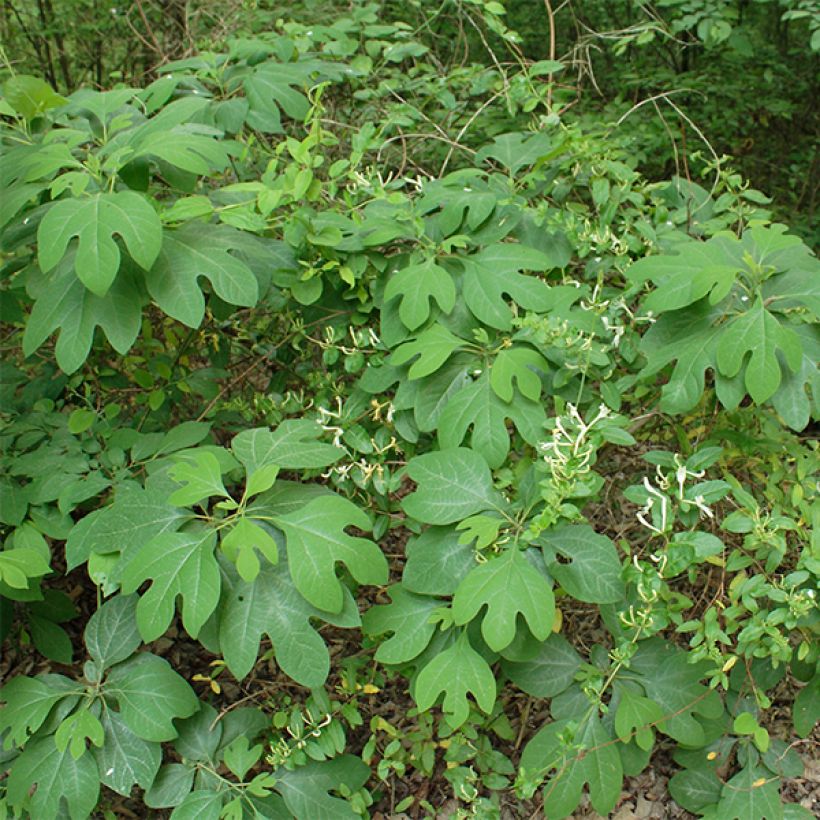

Plant habit
Flowering
Foliage
Botanical data
Sassafras
albidum
Lauraceae
Sassafras, White Sassafras, Red Sassafras, Silky Sassafras, Ague Tree
North America
Other Shrubs A to Z
Planting and care
Plant the common Sassafras in deep, fertile, and limestone-free soil, moist but well-drained. The origins of this large bush explain its good hardiness: the plant dies below -24°C (-11.2 °F), with the above-ground parts affected from -20°C (-4 °F). It will thrive in partial shade or in the sun, but it is commonly accepted that the autumn hues of the canopy will be more intense in acidic soil and with a well-sunlit but not scorching exposure. In the first few years, practice pruning to limit the size of this bush: identify the highest horizontal branch and keep it tied to a stake, vertically, your young plant will thus grow 50cm (19.7in) per year upwards.
Planting period
Intended location
Care
-
, onOrder confirmed
Reply from on Promesse de fleurs
Striking foliage shrubs
Haven't found what you were looking for?
Hardiness is the lowest winter temperature a plant can endure without suffering serious damage or even dying. However, hardiness is affected by location (a sheltered area, such as a patio), protection (winter cover) and soil type (hardiness is improved by well-drained soil).

Photo Sharing Terms & Conditions
In order to encourage gardeners to interact and share their experiences, Promesse de fleurs offers various media enabling content to be uploaded onto its Site - in particular via the ‘Photo sharing’ module.
The User agrees to refrain from:
- Posting any content that is illegal, prejudicial, insulting, racist, inciteful to hatred, revisionist, contrary to public decency, that infringes on privacy or on the privacy rights of third parties, in particular the publicity rights of persons and goods, intellectual property rights, or the right to privacy.
- Submitting content on behalf of a third party;
- Impersonate the identity of a third party and/or publish any personal information about a third party;
In general, the User undertakes to refrain from any unethical behaviour.
All Content (in particular text, comments, files, images, photos, videos, creative works, etc.), which may be subject to property or intellectual property rights, image or other private rights, shall remain the property of the User, subject to the limited rights granted by the terms of the licence granted by Promesse de fleurs as stated below. Users are at liberty to publish or not to publish such Content on the Site, notably via the ‘Photo Sharing’ facility, and accept that this Content shall be made public and freely accessible, notably on the Internet.
Users further acknowledge, undertake to have ,and guarantee that they hold all necessary rights and permissions to publish such material on the Site, in particular with regard to the legislation in force pertaining to any privacy, property, intellectual property, image, or contractual rights, or rights of any other nature. By publishing such Content on the Site, Users acknowledge accepting full liability as publishers of the Content within the meaning of the law, and grant Promesse de fleurs, free of charge, an inclusive, worldwide licence for the said Content for the entire duration of its publication, including all reproduction, representation, up/downloading, displaying, performing, transmission, and storage rights.
Users also grant permission for their name to be linked to the Content and accept that this link may not always be made available.
By engaging in posting material, Users consent to their Content becoming automatically accessible on the Internet, in particular on other sites and/or blogs and/or web pages of the Promesse de fleurs site, including in particular social pages and the Promesse de fleurs catalogue.
Users may secure the removal of entrusted content free of charge by issuing a simple request via our contact form.
The flowering period indicated on our website applies to countries and regions located in USDA zone 8 (France, the United Kingdom, Ireland, the Netherlands, etc.)
It will vary according to where you live:
- In zones 9 to 10 (Italy, Spain, Greece, etc.), flowering will occur about 2 to 4 weeks earlier.
- In zones 6 to 7 (Germany, Poland, Slovenia, and lower mountainous regions), flowering will be delayed by 2 to 3 weeks.
- In zone 5 (Central Europe, Scandinavia), blooming will be delayed by 3 to 5 weeks.
In temperate climates, pruning of spring-flowering shrubs (forsythia, spireas, etc.) should be done just after flowering.
Pruning of summer-flowering shrubs (Indian Lilac, Perovskia, etc.) can be done in winter or spring.
In cold regions as well as with frost-sensitive plants, avoid pruning too early when severe frosts may still occur.
The planting period indicated on our website applies to countries and regions located in USDA zone 8 (France, United Kingdom, Ireland, Netherlands).
It will vary according to where you live:
- In Mediterranean zones (Marseille, Madrid, Milan, etc.), autumn and winter are the best planting periods.
- In continental zones (Strasbourg, Munich, Vienna, etc.), delay planting by 2 to 3 weeks in spring and bring it forward by 2 to 4 weeks in autumn.
- In mountainous regions (the Alps, Pyrenees, Carpathians, etc.), it is best to plant in late spring (May-June) or late summer (August-September).
The harvesting period indicated on our website applies to countries and regions in USDA zone 8 (France, England, Ireland, the Netherlands).
In colder areas (Scandinavia, Poland, Austria...) fruit and vegetable harvests are likely to be delayed by 3-4 weeks.
In warmer areas (Italy, Spain, Greece, etc.), harvesting will probably take place earlier, depending on weather conditions.
The sowing periods indicated on our website apply to countries and regions within USDA Zone 8 (France, UK, Ireland, Netherlands).
In colder areas (Scandinavia, Poland, Austria...), delay any outdoor sowing by 3-4 weeks, or sow under glass.
In warmer climes (Italy, Spain, Greece, etc.), bring outdoor sowing forward by a few weeks.




































